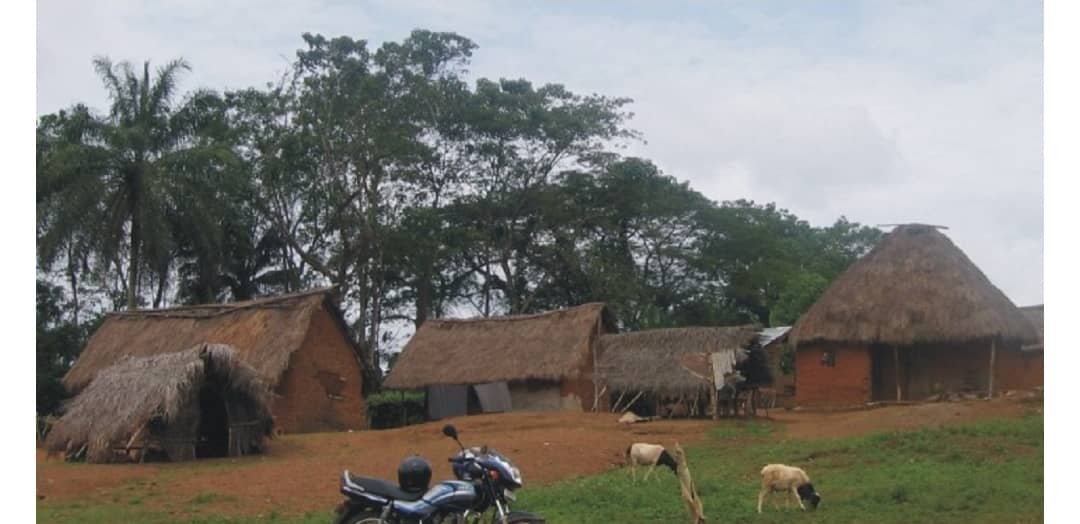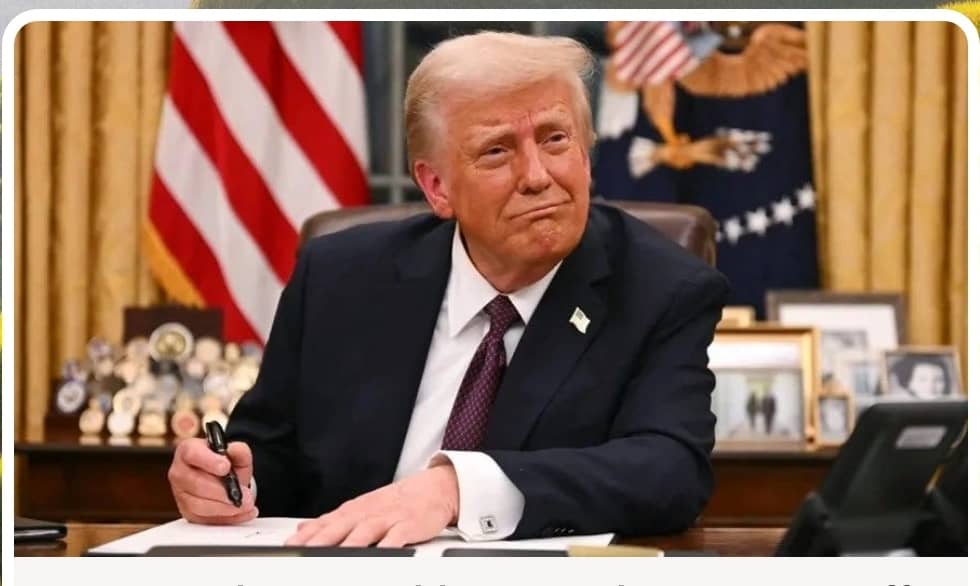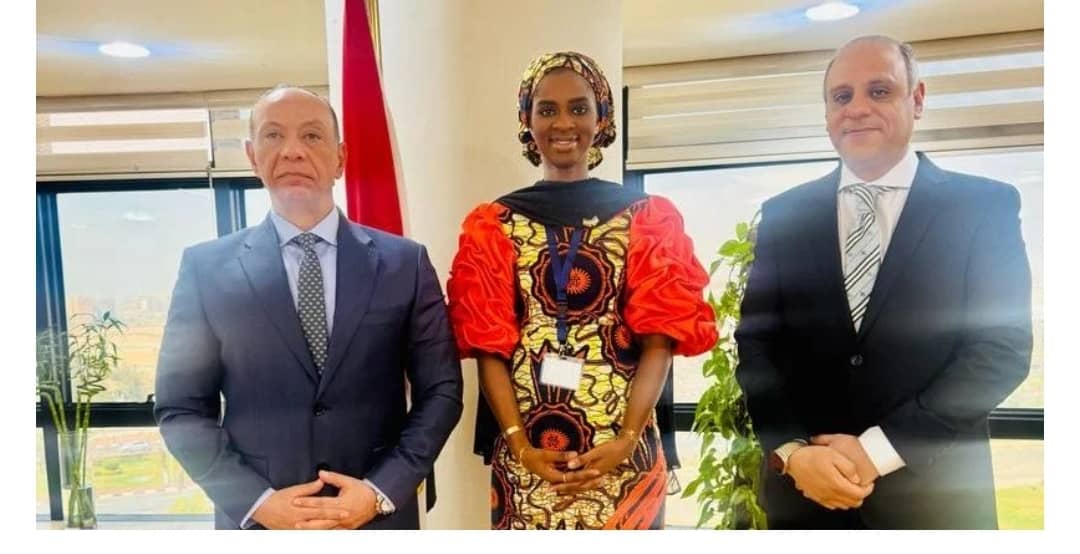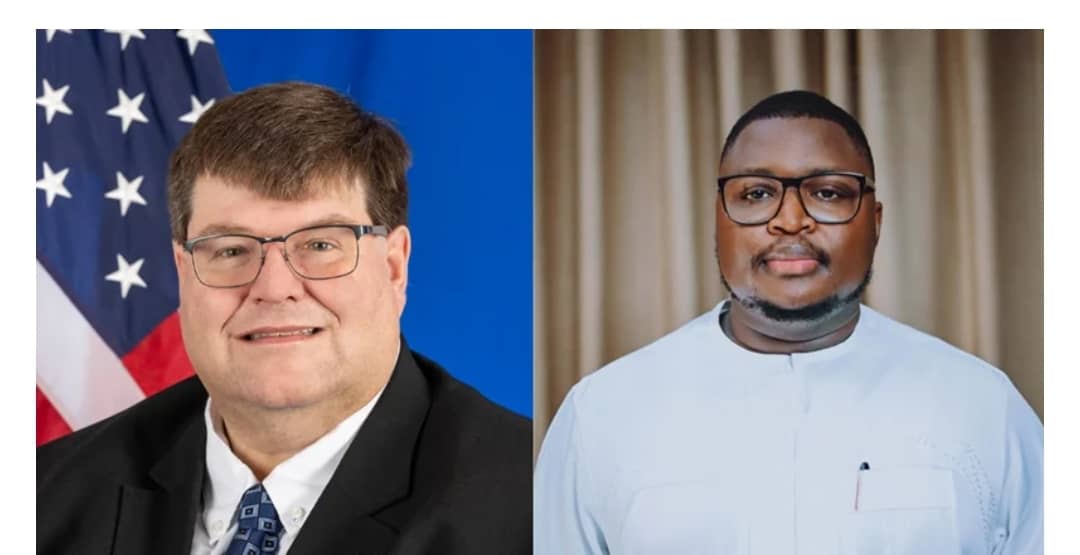By Joseph Momoh, Reporter D.S
Officials from Guinea and Sierra Leone have achieved a significant milestone in the prolonged discussions regarding the Yenga border town, formally agreeing on the production of boundary documents. This agreement was reached on the third day of deliberations by the Technical Committee of the Joint Boundary Commission, held in Kailahun, marking a step forward in a decades-old territorial dispute.
During the meeting, participants were divided into three specialized working groups—administrative, cartographic, and legal—each tasked with examining various aspects of the boundary disagreement. The administrative group reviewed treaties, diplomatic exchanges, meeting minutes, and declarations dating back to 1885. These documents, stemming from both British and French colonial authorities as well as post-independence administrations, are vital for understanding the historical context of the border issue.
The cartographic group analyzed maps from the colonial era to the present day, noting that most were produced by British and French cartographers. Despite language differences, these maps provided consistent geographic information that reinforces established border demarcations.
Meanwhile, the legal group evaluated the legitimacy of the reviewed documents, ensuring that all relevant legal frameworks were accounted for in the boundary documentation process. The committee concluded that historical documents consistently indicate a defined boundary and recognized that modern geospatial technology can accurately locate existing boundary markers.
However, Falla Ensa-N’Dayma, Regional Secretary General of the Makona River Organization, cautioned that this agreement marks the beginning of a long journey, but one that both nations have committed to undertaking together under the guidance of the African Union Commission.
The border dispute has primarily centered on Yenga, a village in Sierra Leone’s Kailahun District, which Guinea has occupied since the Sierra Leonean civil war. Despite previous agreements, including a 2005 accord that recognized Yenga as Sierra Leonean territory, Guinean troops have maintained a presence in the area, resulting in periodic tensions. Reports from Sierra Leoneans in Yenga have included instances of intimidation by Guinean forces, property destruction, and the erection of unauthorized border pillars.
Diplomatic efforts, including interventions by Sierra Leone’s Foreign Minister Timothy Kabba and President Julius Maada Bio, have yet to fully resolve the issue. The latest agreement on boundary documentation represents a crucial milestone, offering hope for a definitive resolution. Both nations have pledged to continue their collaborative efforts within the frameworks of the Mano River Union and the African Union to ensure lasting peace and stability in the region.
For more information, contact Daily Scope Newspaper at dailyscopemedia@gmail.com.






